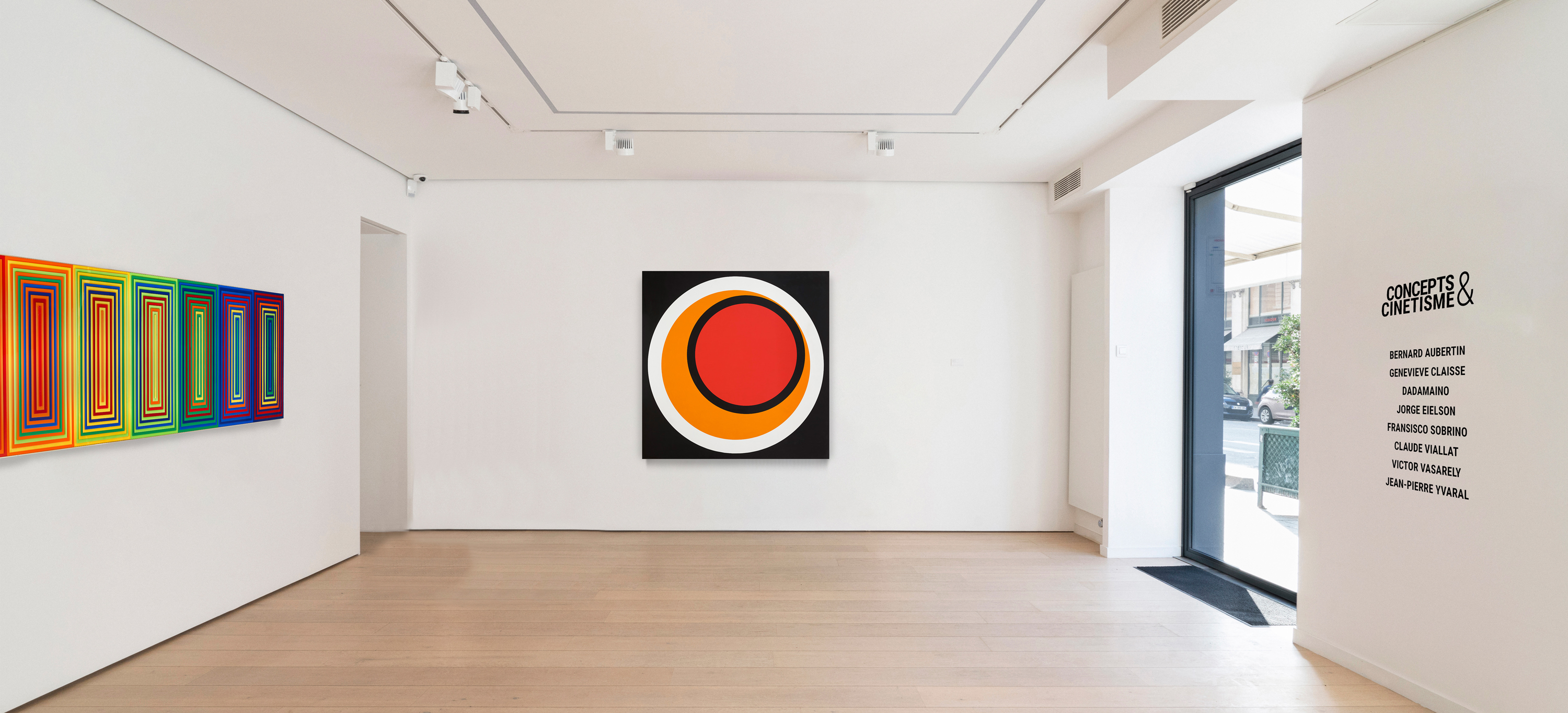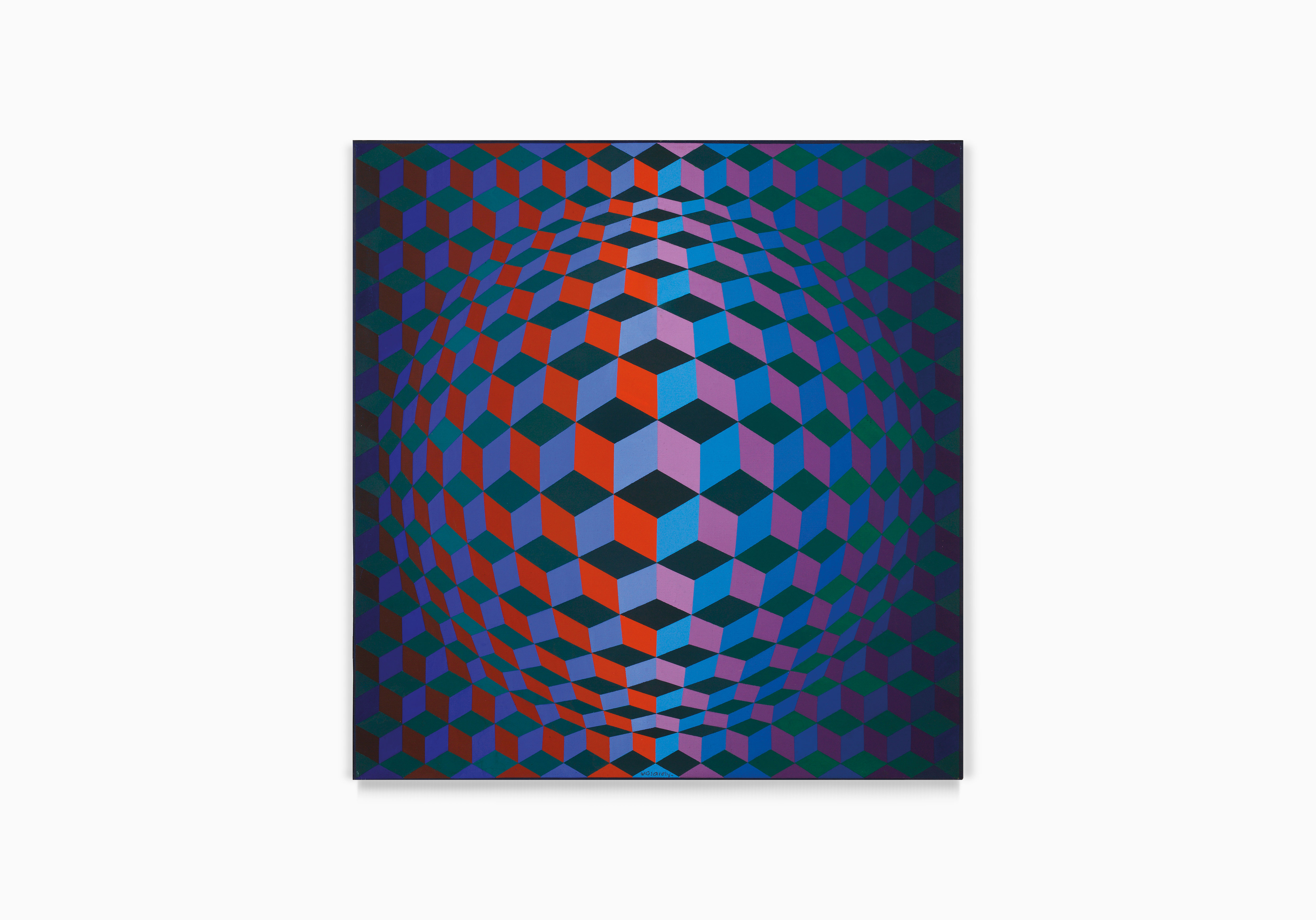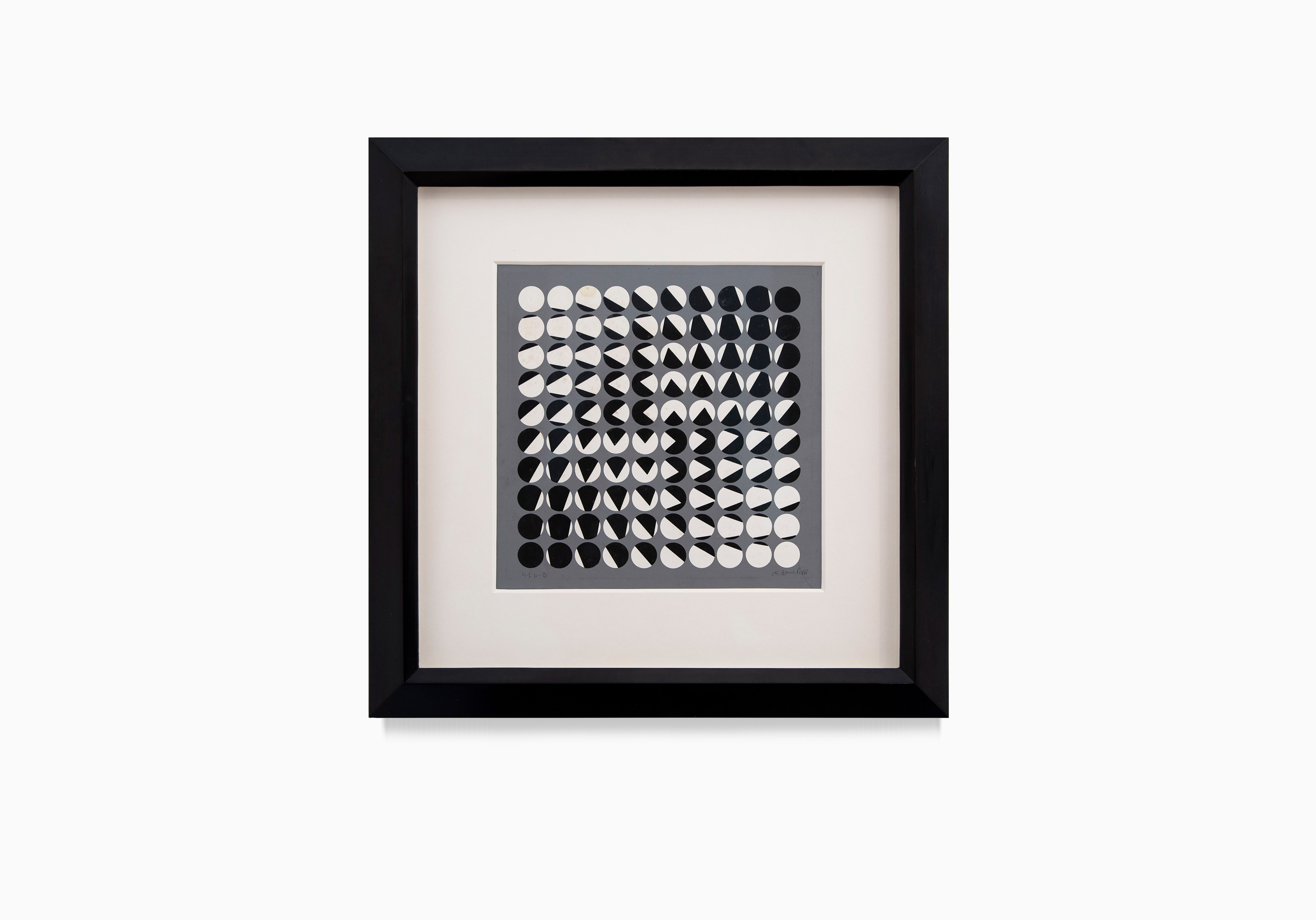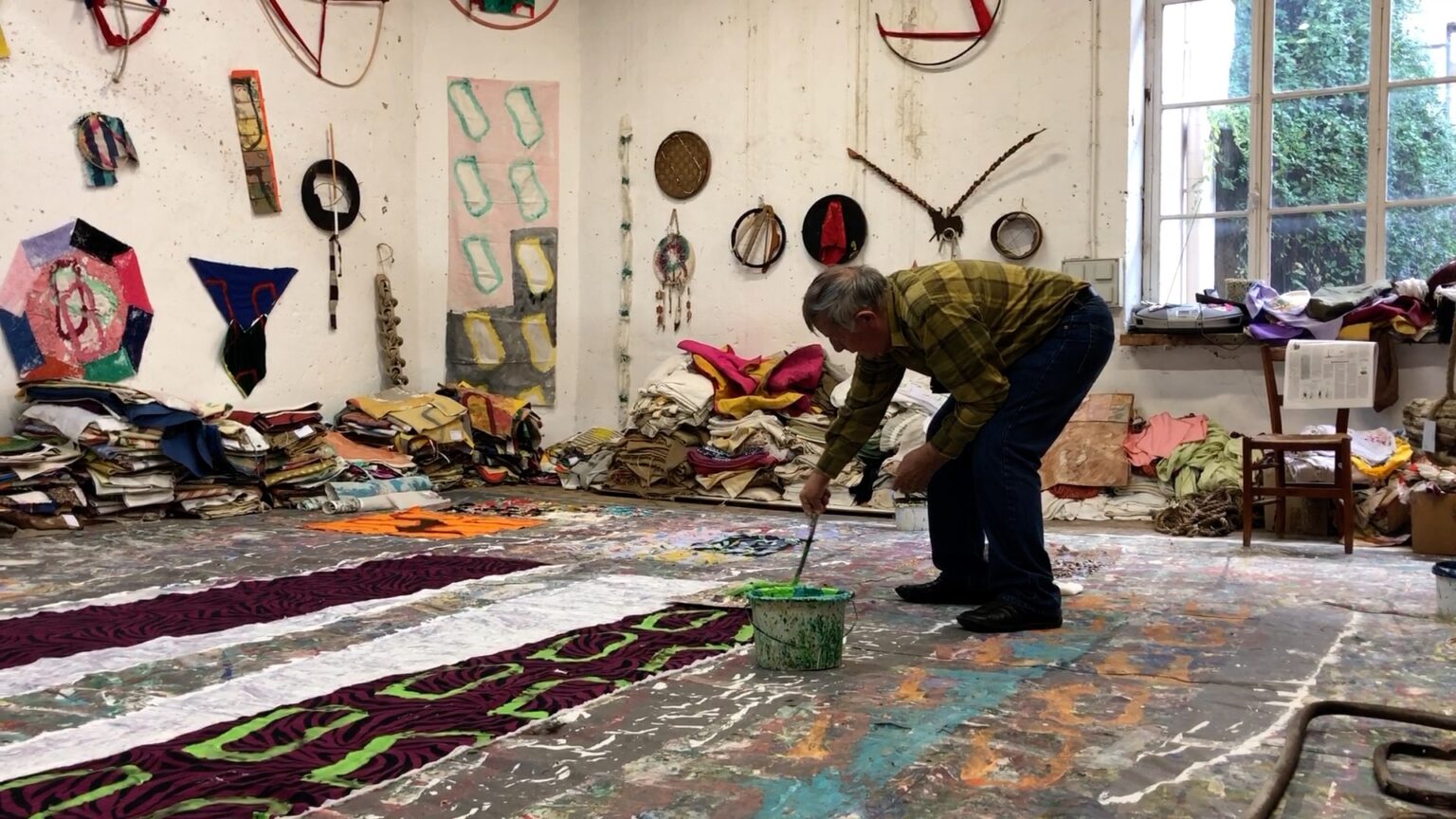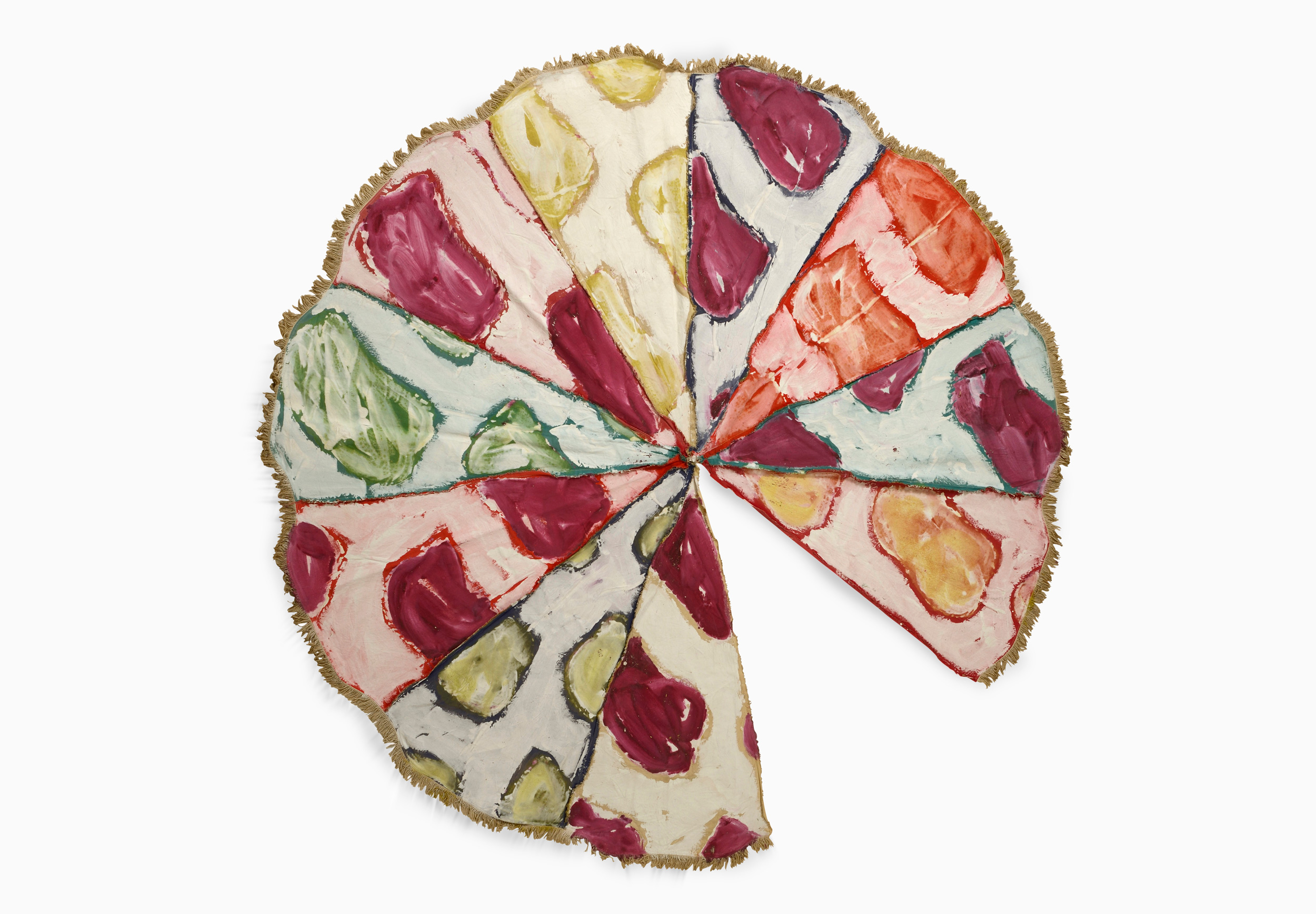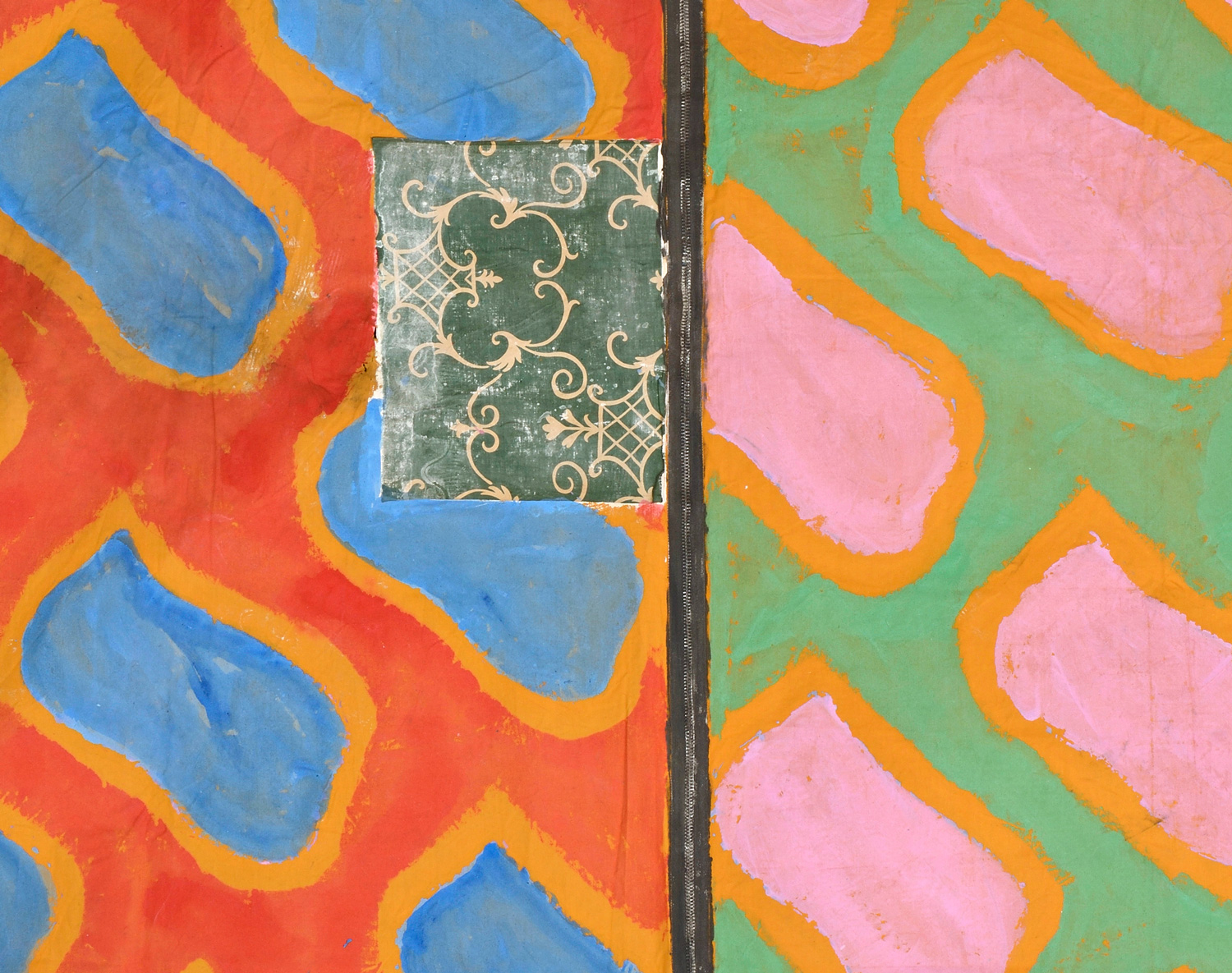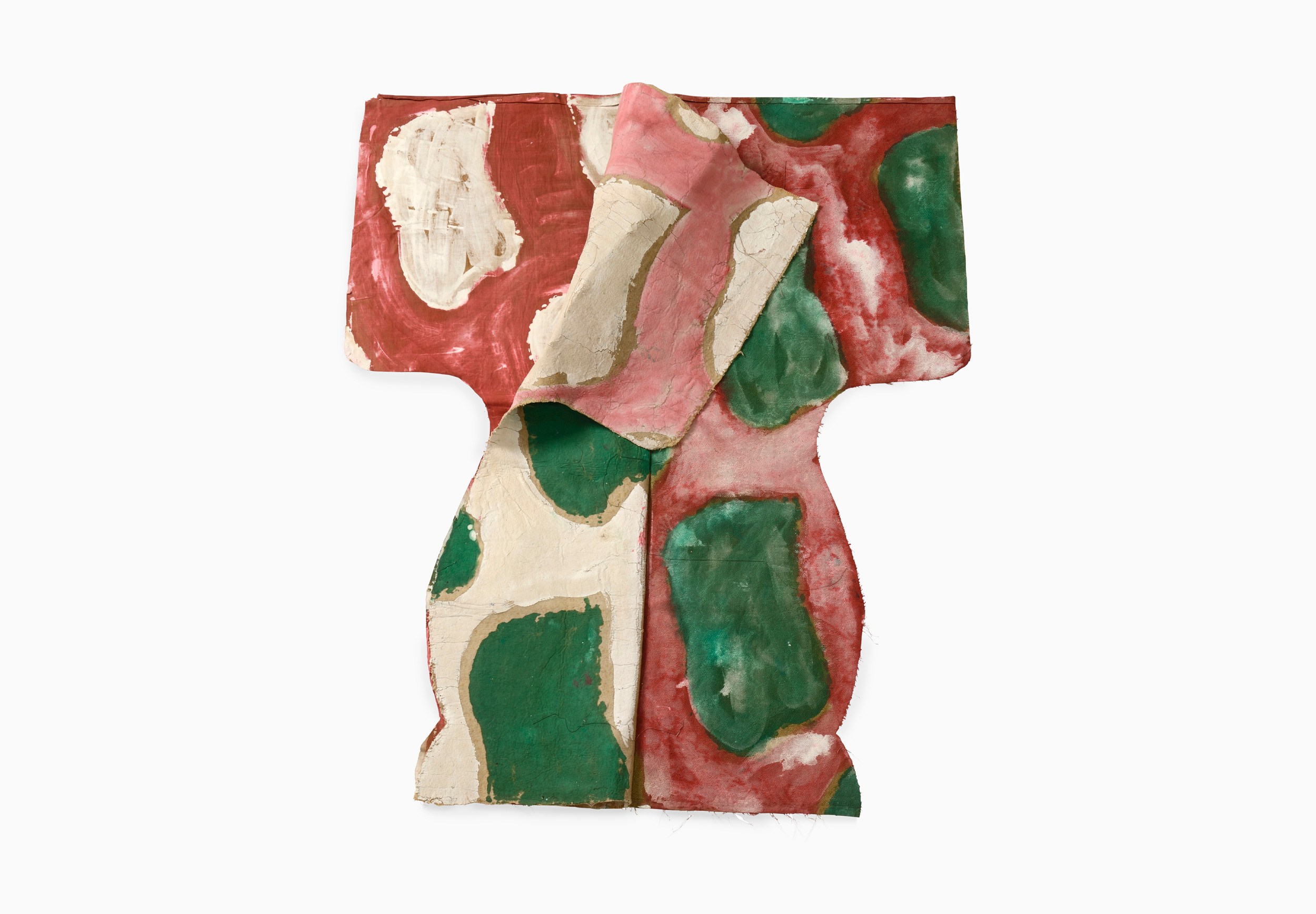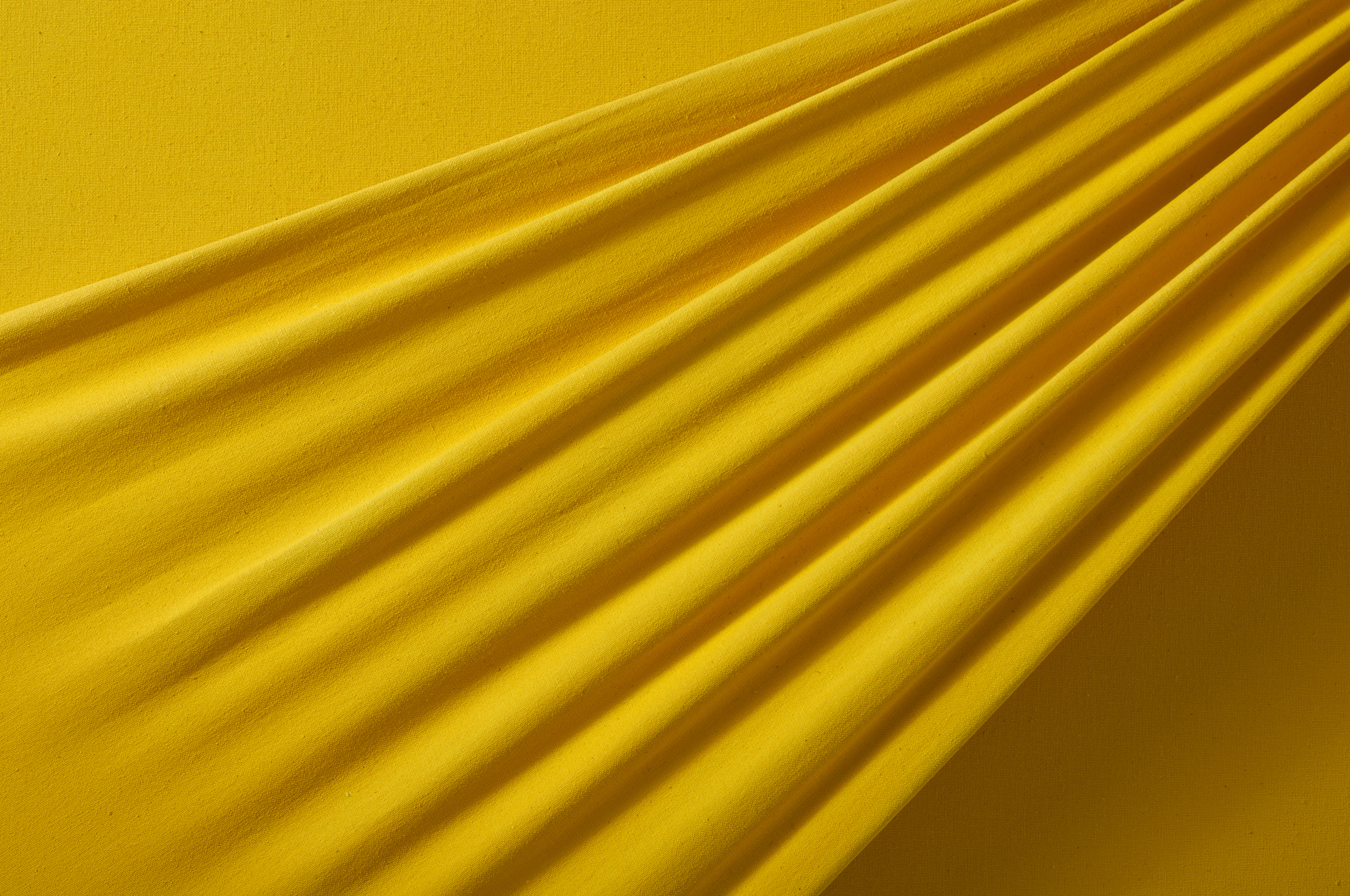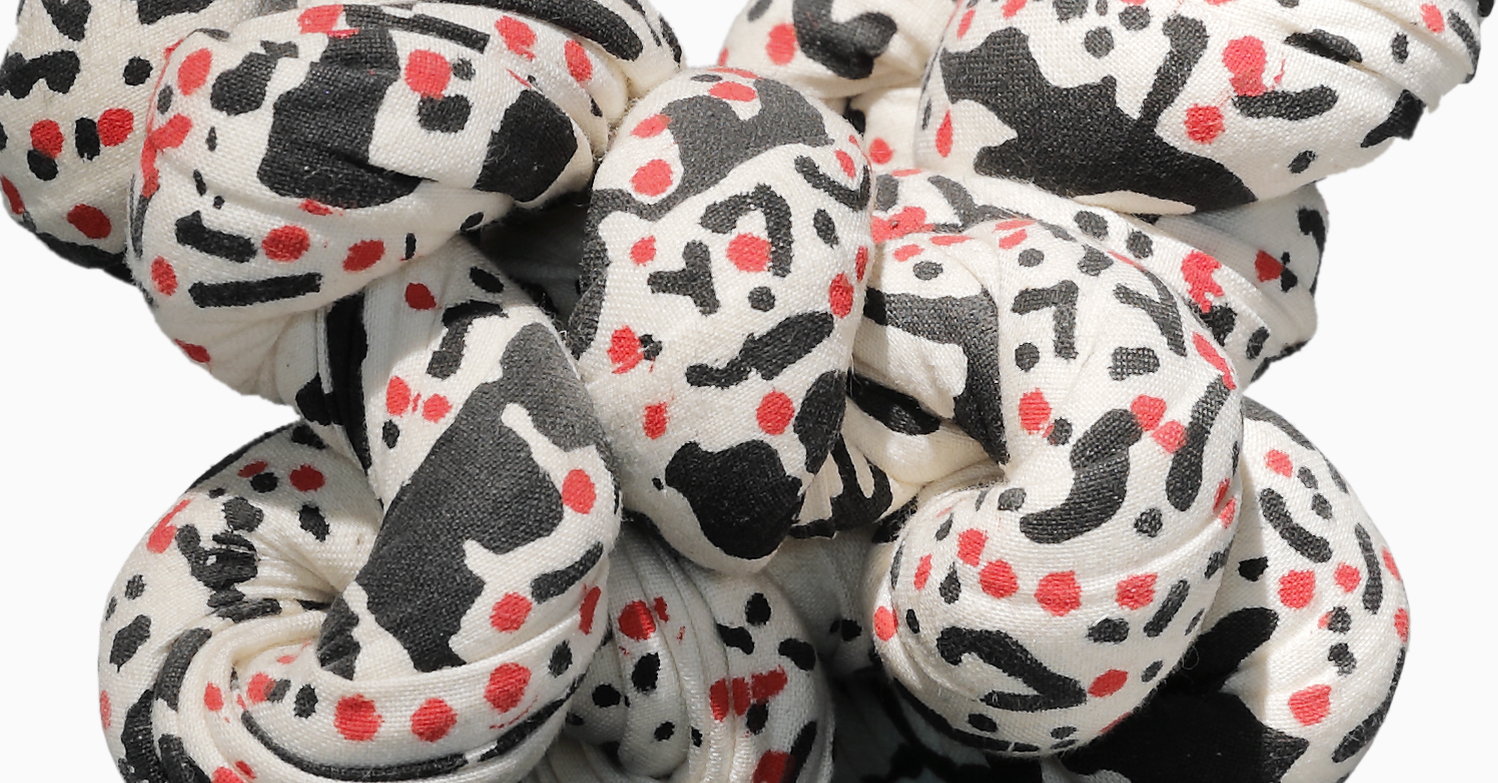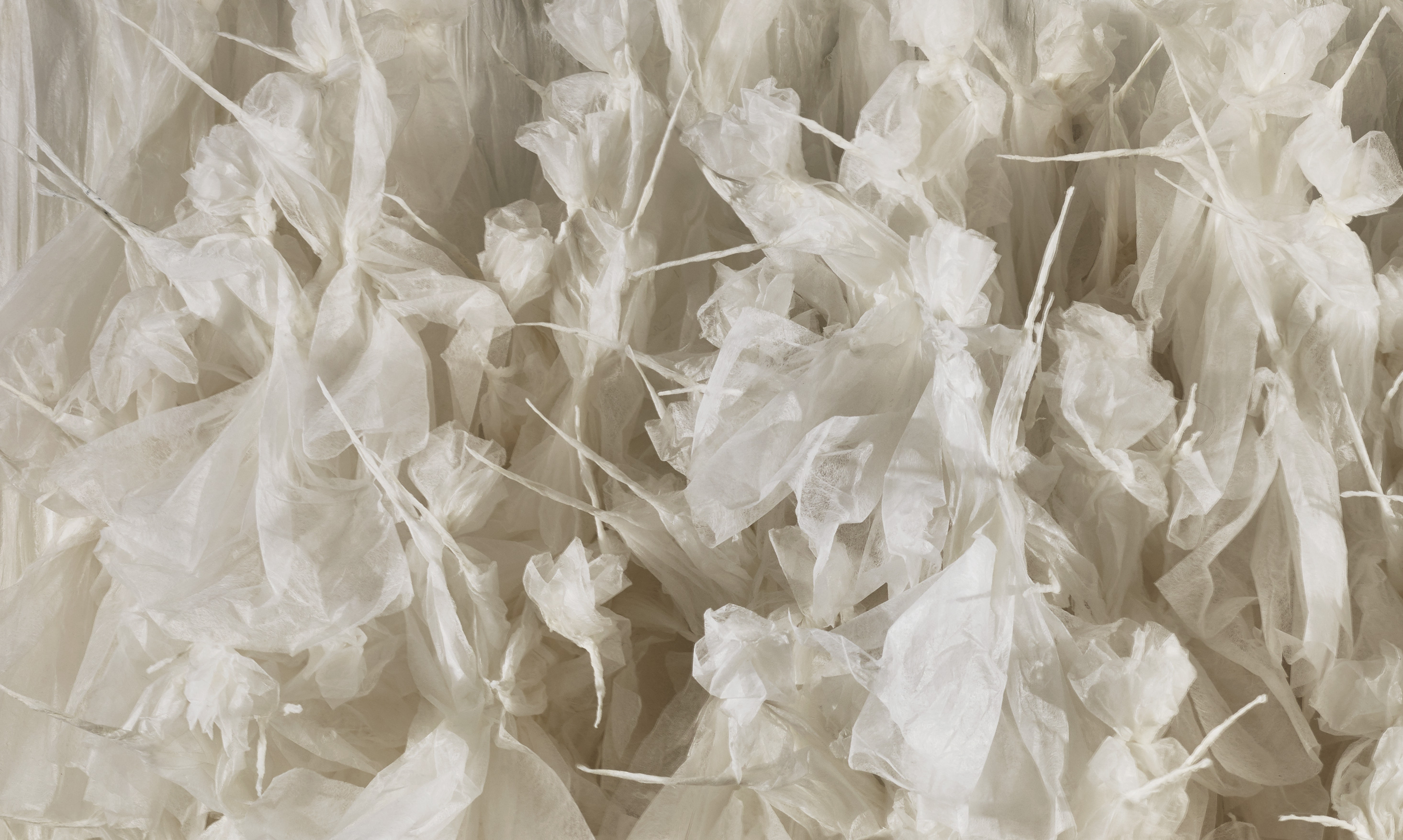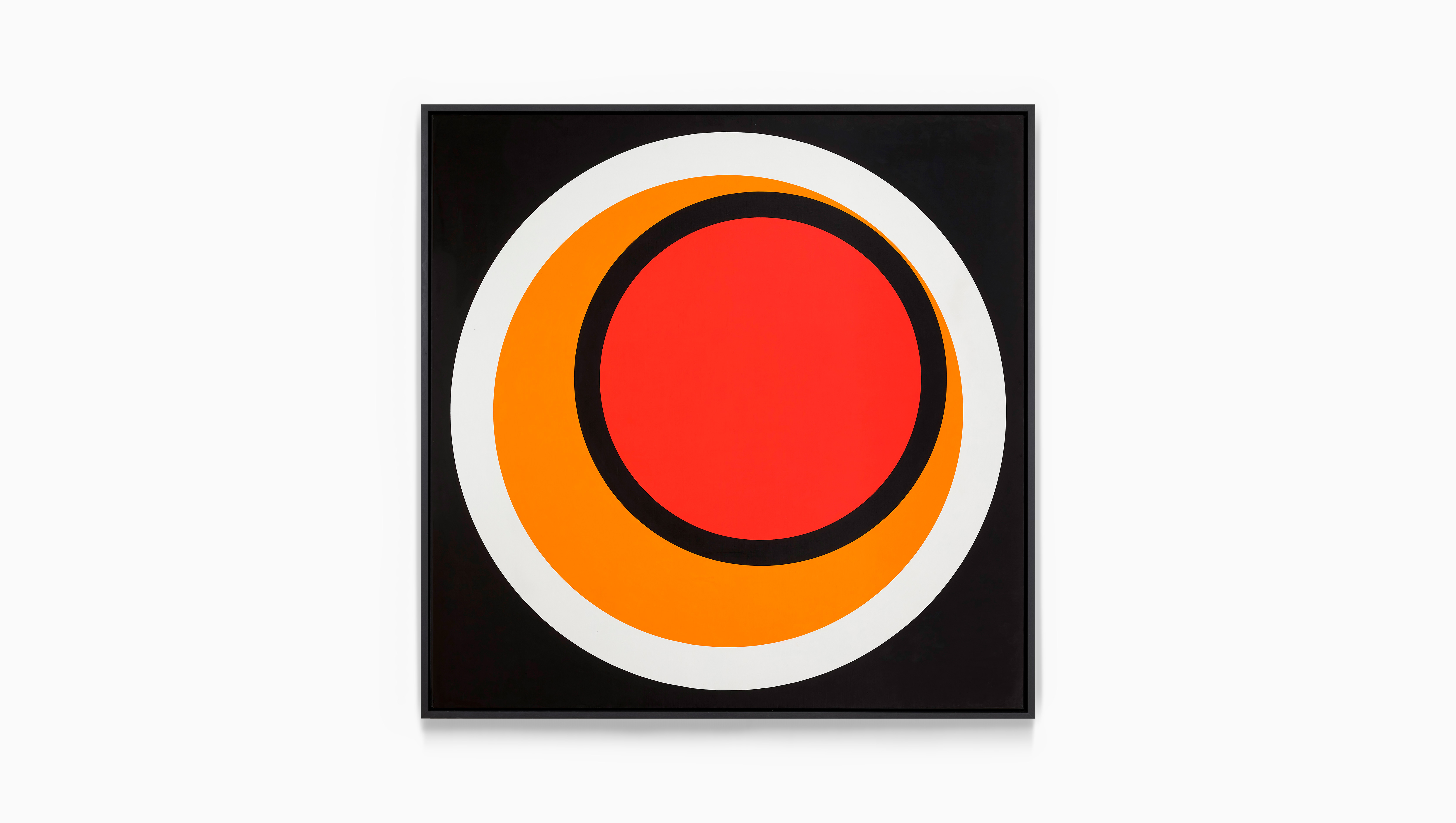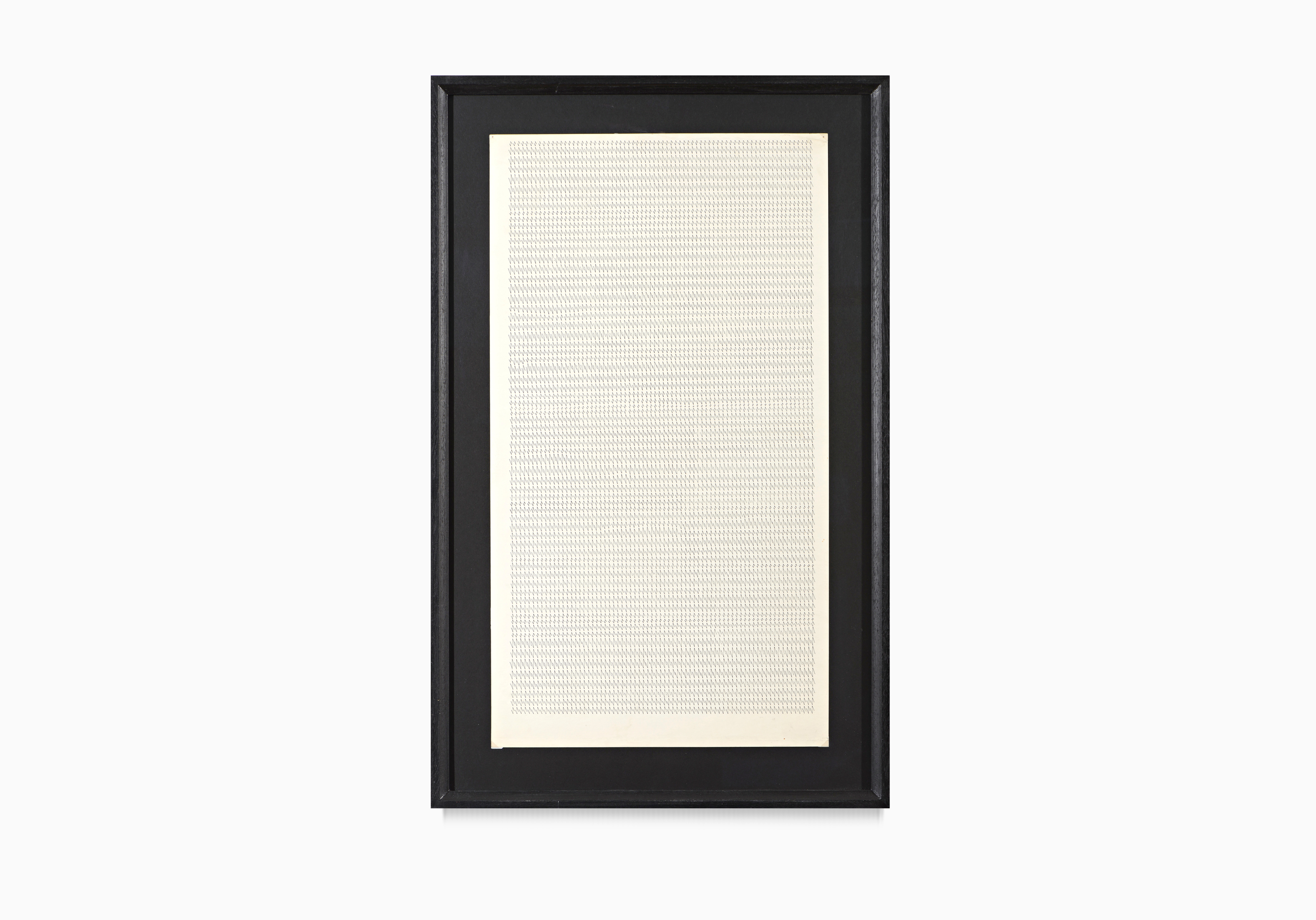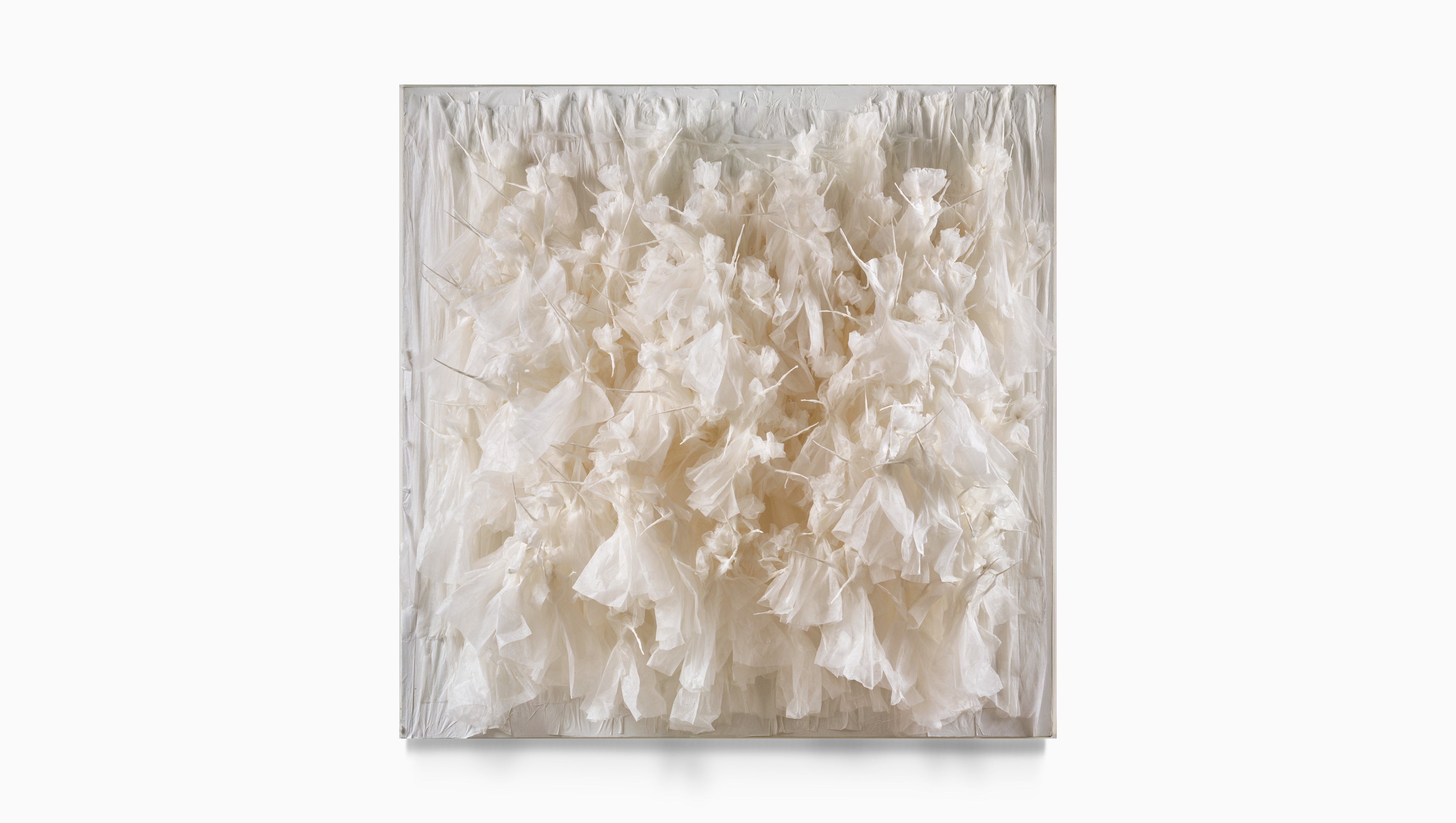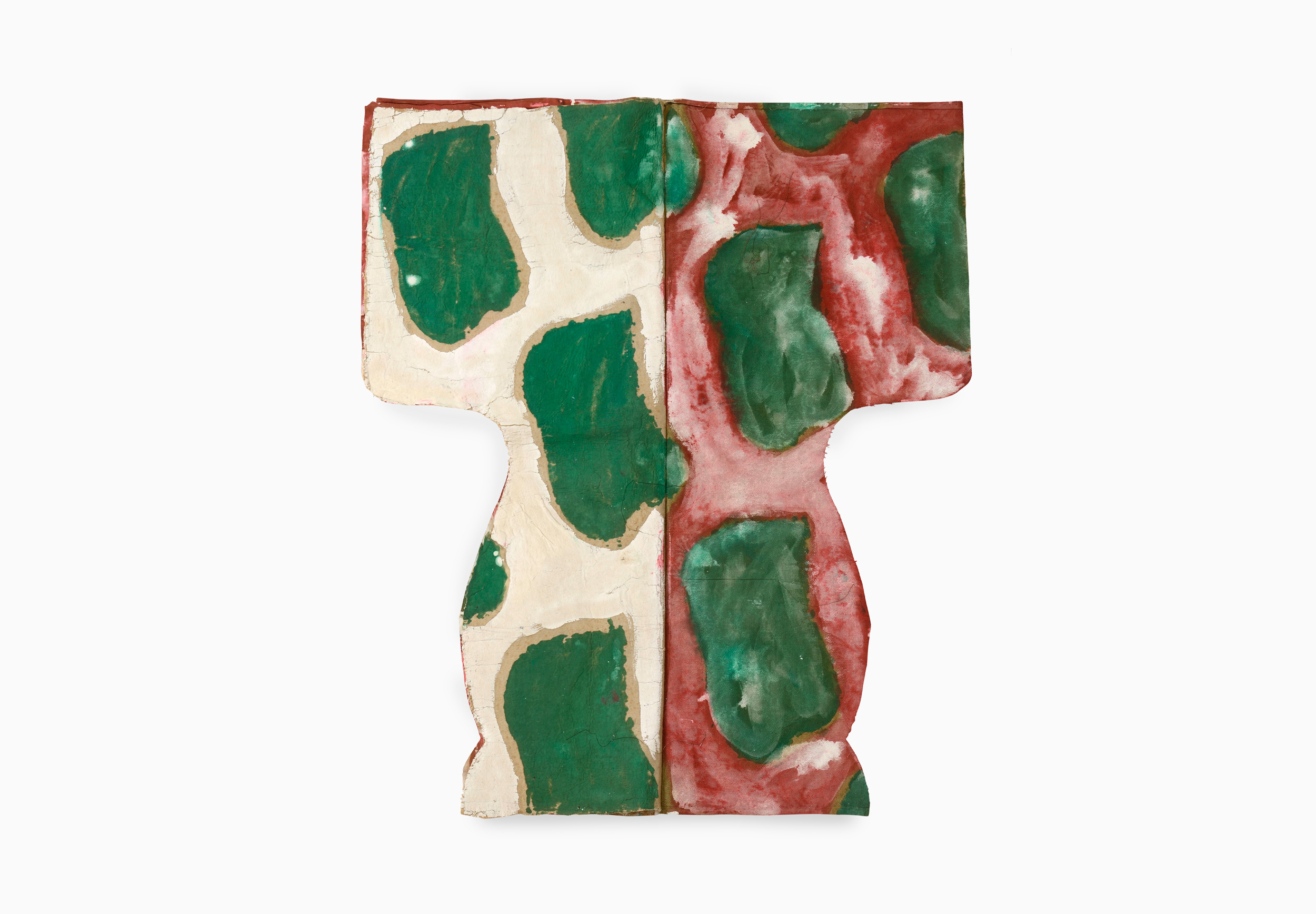The concept of ‘art concret’, also born in the 1920s, has resurfaced with artists working directly with line, geometry and color, rejecting any formal rapport with nature or sentimentality.
Geneviève Claisse is one of the artists who shook up the 1960s and 1970s, first with angular forms, exclusively in black and white, then in parallel with these subtle triangulations, with works based on the circle and its variations. This marked the start of a striking period of unprecedented aesthetic research of the infinite possibilities offered by this element. The colors, back again, are always pure and boldly organized.
Claisse plays with contrasts, chromatic agreements and disagreements, venturing into subtle directions while maintaining an appearance of great simplicity.

